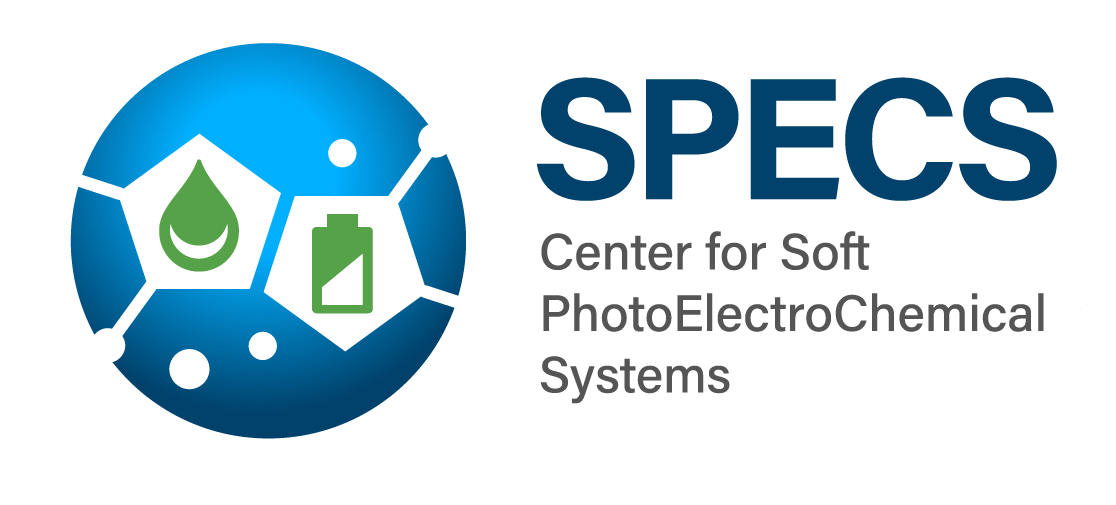Materials for Chemical Energy Conversion: Insights from Spectroscopy
When
Abstract:
The development of new and improved materials is a central challenge for the transition towards a sustainable energy infrastructure. In the Chemical Energy division at HZB, we develop electrocatalysts and photoabsorbers for the electricity- and solar-powered production of fuels and chemicals from cheap and abundant resources. This seminar will start with a brief overview of the activities in our division, emphasizing the role of in situ and operando spectroscopy methods that are available at our BESSY II synchrotron. The main part of the seminar will focus on our work on metal oxide photoelectrodes for photoelectrochemical energy conversion. Metal oxides are attractive because they tend to show good chemical stability, but their poor semiconducting properties often limit their performance. I will discuss how time-resolved microwave conductivity and THz spectroscopy techniques can be used to gain insights on the photogeneration yield, the carrier diffusion length, and carrier localization in metal oxides. These insights help to understand their fundamental limitations and offer hints on how improve the efficiency of this fascinating class of solar energy conversion materials.
Bio:
Roel van de Krol is head of the Insitute for Solar Fuels at the Helmholtz-Zentrum Berlin für Materialien und Energie GmbH (HZB) and full professor at the Chemistry Department of TU Berlin. After earning his PhD from TU Delft in 2000 and a postdoctoral stay at MIT (USA), he returned to TU Delft where he was an assistant professor until 2012. At HZB, his group focuses on the development of materials and devices for the photoelectrochemical conversion of sunlight into chemical fuels. One of the main areas of interest is the work on multinary metal oxides as novel light absorbers. Understanding how surface and bulk defects affect light absorption, charge transport, recombination, and catalytic activity in these materials is at the heart of these efforts.

